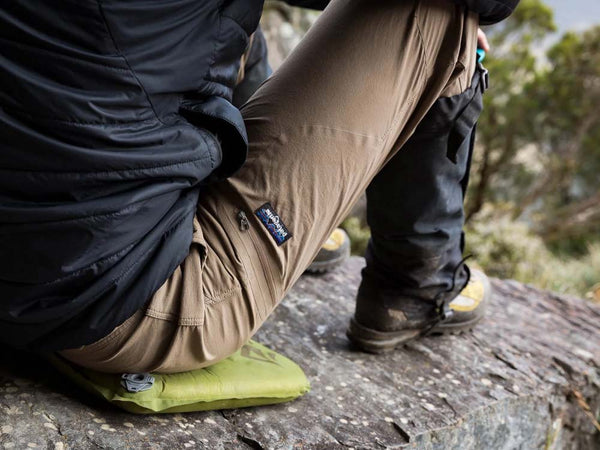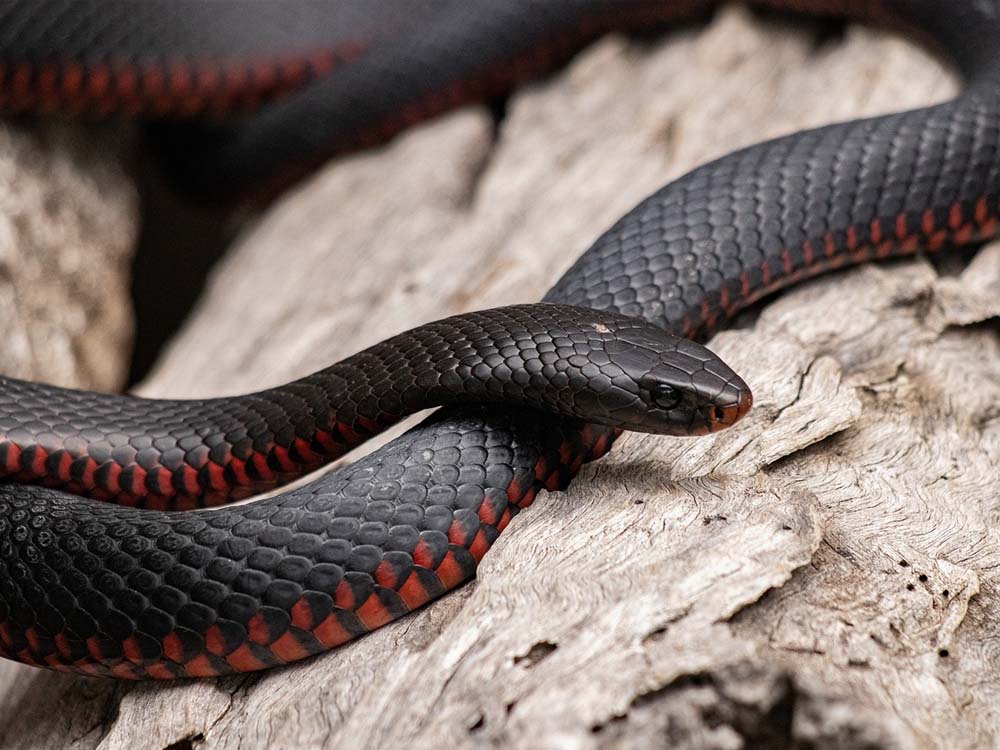Advice for Australian Snake Bite Prevention & Treatment
Hopefully this post can help you better understand snake behaviour and avoid dangerous situations around snakes.
NB: the following information is from Bob Cooper, an Australian expert in reptiles and outdoor survival. It is relevant for Australian snake species and is intended as a guide only.
Prevention is Better than a Cure
- Do not approach a snake. It doesn’t know what your intention is and that you are just observing or trying to help.
- You can make a snake very scared by pointing and waving your arms in the air above it. Instead, keep your movements calm and slow.
- Don’t raise your feet up in front of the snake. That will provoke a strike.
- Wear closed-in footwear at all times when bushwalking and preferably wear long trousers and/or gaiters.
- Use a dead stick or trekking pole to probe long grass as you walk through. This will encourage the snake to move out of your path.
- Do not cast a shadow onto a snake as that will make it nervous.
Gaiter Advice
There are 30 species of snakes in Australia that are considered to have life-threatening venom. Fortunately, these belong to one group of snakes know as elapids, meaning they have fixed front fangs. The average fang length is 4-6mm on a metre-long snake and up to 12mm on a very large snake. These relatively small fangs mean that by wearing gaiters and loose clothing, you can greatly decrease the chance of a snake successfully piercing your skin.
We offer a range of Sea to Summit gaiters which will help prevent a bite, but can never offer 100% protection against them. The most densely woven, puncture-resistant gaiter currently made by Sea to Summit is the Quagmire Canvas Gaiter. The Quagmire provides at least 39cm coverage up your leg.

Treatment Method
Source: ‘Outback Survival’ by Bob Cooper (2012)“I believe the pressure and immobilisation technique (PIT) is the most effective first-aid treatment for all venomous land and sea snake bites in Australia and other elapid snakes worldwide. To my knowledge there have been no reported deaths once this bandaging has been applied. The short fangs of the elapid snake deliver the venom into our lymphatic system and not directly into our blood stream. The bandaging slows the venom movement and absorption rate down to as much as one twentieth, buying the victim much more time to get to hospital.”
written by Bob Cooper
Three rolls of bandages are required to effectively bandage an adult leg.
You can learn how to perform the PIT method in the book ‘Outback Survival’ by Bob Cooper.
Facts about snakes
- We have about 30 species of snakes in Australia that are dangerous to humans, all with fixed front fangs. The two canines are the only teeth producing venom. Most don’t have true hypodermic fangs, but they are so close to being hollow that their delivery system is nearly as good.
- The fact that they can all bite a flat surface means when they strike, they open their mouth up very wide to ensure a strike on their target - but they snap their mouth shut on first contact with the target. This means or us, they will often bite our trousers, clothing, boots, or gaiters rather than our legs. This is the reason long furred cats and dogs attacking snakes often do not get envenomed.
- There is no such thing as an aggressive snake. They are all acting in defense.
- 90% of the approximately 3,000 bites a year in Australia are on people trying to catch the snake and 90% of those bites are on hands and feet.
- 7% of the remaining bites are from treading on snakes and the final 3% is from hands being put in the wrong place and/or sitting on a snake.
- 90% of bites do not require anti-venom because the snake is striking in defense, as opposed to a predator strike which is when they will “hang on” to their prey.
“The pressure and immobilization bandaging treatment is extremely effective, I believe no one has died in Australia once this had been applied in the first instance. Treat all bites as serious.”
- Bob Cooper
Emergency Numbers
Call 000 for medical assistance, or dial 112 if you have limited mobile reception.






Leave a comment